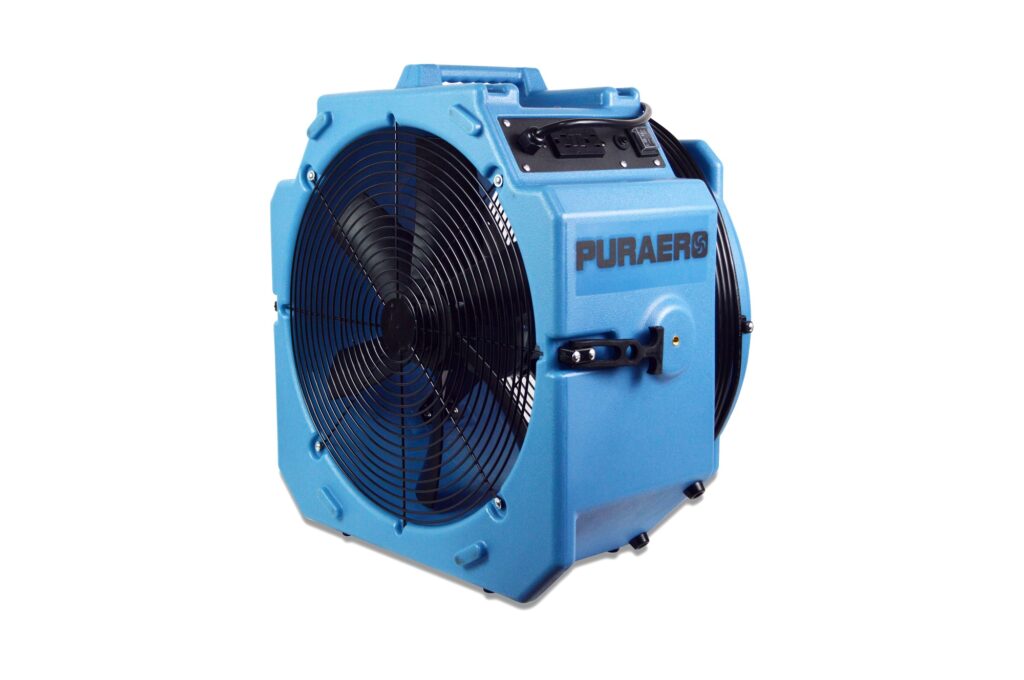
Air Movers, What Are They And How To Use Them?
Air Movers, What Are They And How To Use Them?
By: Brothers Equipment And Supply
Air movers are versatile devices used to improve air circulation and ventilation in various settings.
They are not your typical electric fans; instead, they play a crucial role in applications such as water damage restoration and maintaining a healthy indoor environment.
In this article, we’ll explore what air movers are, their diverse range of applications, and how to use them effectively.
Understanding The Versatility Of Air Movers
Air movers are highly versatile devices with a wide array of applications. Some of the key uses of air movers include:
1. Carpet Drying And Fluffing
Air movers are indispensable tools for professional carpet cleaners.
By rapidly circulating air across the carpet’s surface, they expedite the drying process while preventing the growth of mold and mildew.
Additionally, air movers can rejuvenate matted-down pile carpets, restoring them to their original fluffy appearance.
2. Mould And Mildew Prevention
Effective air circulation is crucial for preventing mold and mildew growth in damp or humid environments.
Air movers excel in this role by keeping surfaces dry, minimizing condensation, and thereby inhibiting the conditions favourable to mould and mildew.
3. Water Damage Restoration
Air movers are essential for water damage restoration projects.
They play a vital role in evaporating excess moisture, facilitating the drying of soaked drywalls and floors, and mitigating the risk of mold and mildew development.
In the aftermath of leaks or flooding, air movers are indispensable for salvaging affected areas.
4. Promoting Proper Air Circulation
Inadequate air circulation can lead to various issues, including mold growth, stale air, and unpleasant odours.
Air movers help maintain proper air circulation by continuously moving air within a room or space, ensuring a fresh and healthy environment.
5. Pet Drying
After bathing or swimming, pets’ fur can be challenging to dry efficiently.
Air movers provide a solution by quickly and effectively removing moisture from their fur, preventing matting and discomfort.
Exploring Types Of Air Movers
There are several types of air movers designed for specific purposes. Here are some of the most commonly used types:
1. Axial Air Mover

Axial air movers are the most prevalent type and are known for their efficiency in moving large volumes of air.
They typically consist of one or two fans enclosed in a cylindrical housing mounted on a sturdy base.
Axial air movers find applications in various industrial and commercial settings, including paint drying, welding, and building ventilation.
They are available in different sizes and configurations to suit specific needs.
2. High-Pressure Axial Air Mover
High-pressure axial air movers use fan blades mounted on a shaft perpendicular to the airflow.
These blades create a rotating column of air, allowing for the rapid movement of large volumes of air at high speeds.
They are used in applications such as cooling electronic equipment, building ventilation, and drying wet surfaces.
While highly effective, they can be noisy and require proper enclosure for safety.
3. Laminar Air Mover
Laminar air movers are designed to produce a smooth and even flow of air, known as laminar flow.
This type of airflow helps prevent the formation of hot and cold spots in a room and reduces the risk of condensation. Laminar air movers are commonly used in industrial, commercial, and residential settings.
They are available in various sizes and can be portable or stationary, with options for wall or ceiling mounting.
Air movers are versatile devices with a range of valuable applications.
Whether you need to expedite carpet drying, prevent mold growth, restore water-damaged areas, improve air circulation, or dry your pet, there’s an air mover suited to the task.
Understanding the different types and their applications allows you to harness the full potential of air movers for your specific needs.
And now, let’s move on to the best part – FAQs!
1. What is an air mover, and how does it work?
- An air mover is a device designed to circulate air effectively. It works by drawing in air and then expelling it with force, creating a continuous flow of air in a specific direction.
2. What are the primary applications of air movers?
- Air movers are used for various purposes, including carpet drying, preventing mold and mildew, water damage restoration, improving air circulation, and drying pets.
3. Can I use an air mover to dry wet carpets?
- Yes, air movers are commonly used to accelerate the drying of wet carpets. They help prevent mold growth and restore the carpet’s original appearance.
4. Are air movers effective for mold and mildew prevention?
- Yes, air movers are effective in preventing mold and mildew growth by promoting air circulation and keeping surfaces dry, reducing humidity levels.
5. How do air movers assist in water damage restoration?
- Air movers play a crucial role in water damage restoration by speeding up the evaporation of moisture and facilitating the drying of affected areas, preventing further damage.
6. Can air movers improve indoor air quality?
- Yes, air movers help improve indoor air quality by promoting proper air circulation, preventing the stagnation of air, and reducing the risk of mold and mildew.
7. Are there different types of air movers, and what are their differences?
- Yes, there are various types of air movers, including axial air movers, high-pressure axial air movers, and laminar air movers. Their differences lie in airflow patterns, efficiency, and applications.
8. How do I choose the right air mover for my needs?
- Select an air mover based on your specific requirements, considering factors like the size of the area, the volume of air circulation needed, and the application (e.g., carpet drying, mold prevention).
9. Are air movers noisy, and can they be used in residential settings?
- The noise level of air movers varies depending on the type and size. Some models are quieter and suitable for residential use, particularly in water damage restoration or pet drying.
10. Are there safety precautions to consider when using air movers?
- Yes, it’s essential to follow safety guidelines, such as securing air movers to prevent tipping, ensuring proper ventilation in enclosed spaces, and keeping electrical cords away from water sources to avoid hazards.
If you have any questions about our article “Air Movers: What Are They And How To Use Them?” or need new air movers, contact us on LiveChat, social media, or at sales@brothers-equipment.com.
